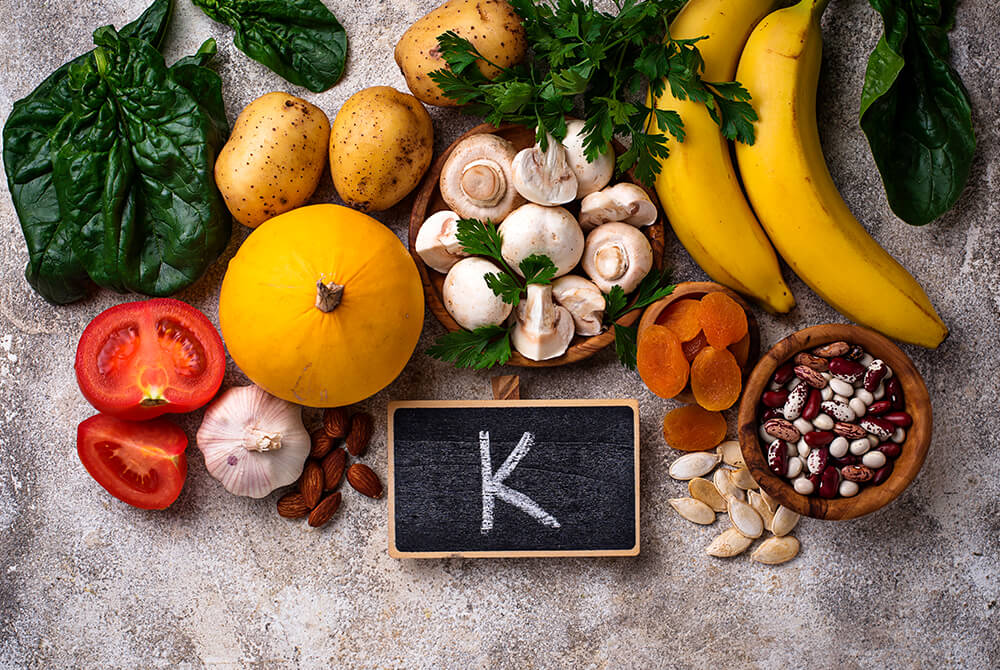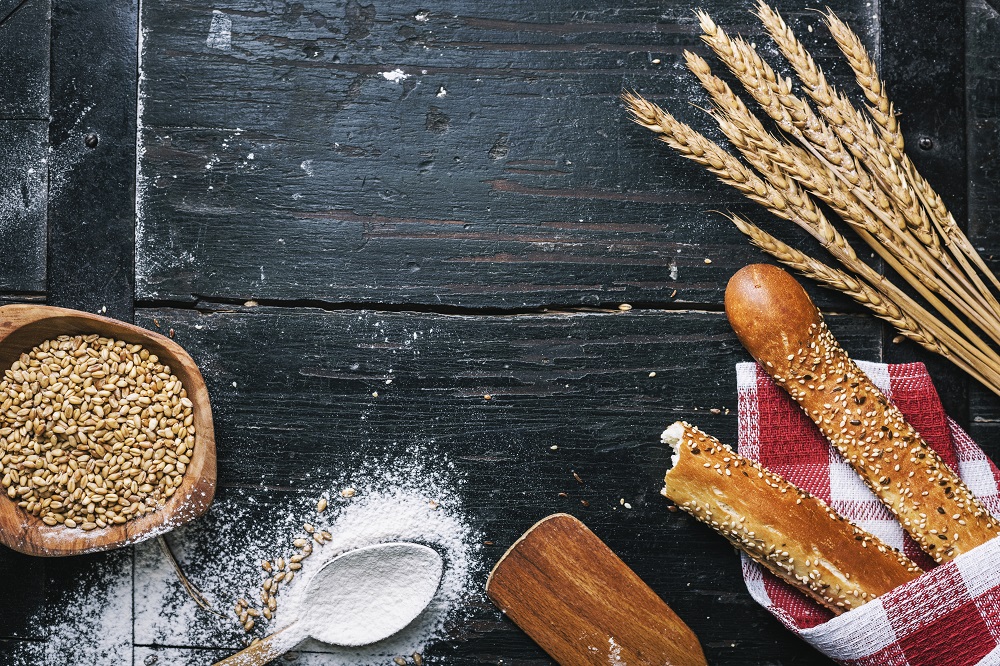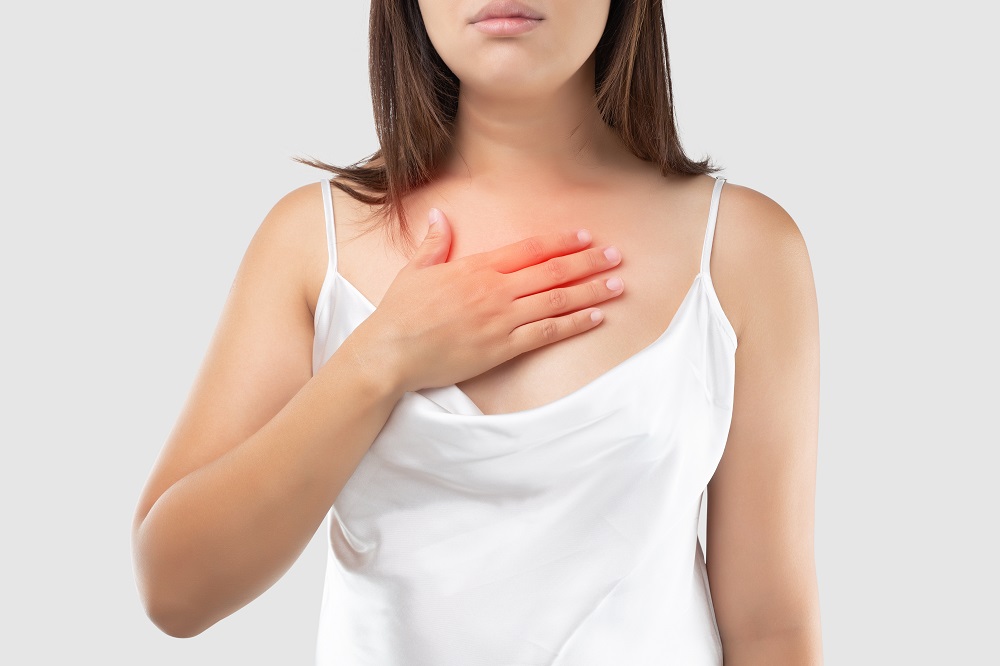
Carbohydrate-free breakfast - healthy and tasty suggestions for protein-fat start of the day
More and more people are eager to start the day with a protein-fat meal. Is a carbohydrate-free breakfast a good choice? Learn more about a low-carb diet and get to know interesting recipes to start your day!









